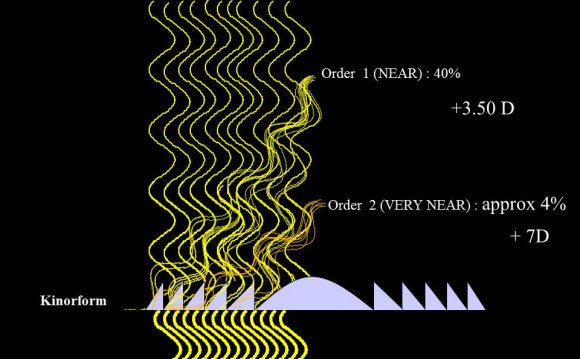
The probable cause of this is a misunderstanding: higher order diffraction is very important, in all diffraction experiments. Rather than using "n=2" for a higher order reflection, you can also encode the higher order by reporting a lower "d" value for the plane. If the inter-plane distance in the unit cell is d=X, then the 2nd order reflection can be described as a plane with the same normal direction vector, but with d=X/2. If you count planes this way, n will always be 1. An example: if you're looking at the 3D diffraction plane with indexes 240, it is possible to calculate d for this plane, or alternatively you can calculate d for 120 and set n=2. The former is much easier to do programmatically in loops over all reflections!
This same difference is also responsible for the differences between miller indices which are always relative prime, and indices h1, h2, h3, which are not necessarily relative primes.
So if higher-order reflections actually exist, why are they often weaker? This has to do with interference: the electrons in an atom that diffract X-rays are not all in the same spot, and at higher 2θ angles the diffraction from different parts of the electron cloud are showing destructive interference.
RELATED VIDEO











